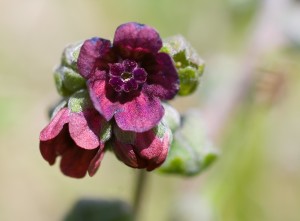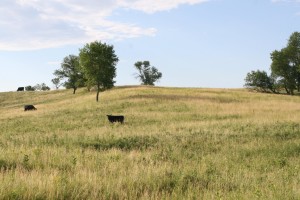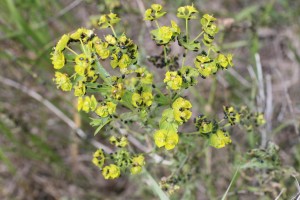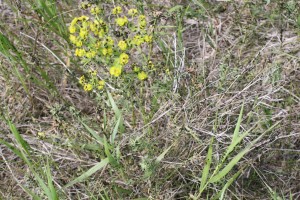During my survey work, anytime we notice a noxious weed, we were required to report it so the plants could be eradicated or controlled. Most of these are high adaptable and can easily take over an area, or are harmful to livestock or overrun native areas. A few of the notable noxious weeds that we would typically run across on managed land are: Canada Thistle, Burdock, Field Bindweed, Knapweed, Leafy Spurge, Toadflax, and Wormwood. Most of these are controllable and don’t cause huge amounts of damage, but Musk Thistle and Houndstongue (usually cattle distributed) can cause quite a problem.

I’m only focusing on forbs here, but there are several grass species that have been purposefully introduced for CRP programs or old farm fallow fields. These species, such as Smooth Bromegrass, have probably done more damage than the noxious weeds have to native soil. When construction work is done or roads are built, they also plant a non-native mix of highly adaptable plant species that can be easily seen invading native prairie areas. Native prairie should appear as a patchwork of many different species. Sod forming grass species are not as common the the short and mixed grass prairies, so anytime you see a mono-cultural looking area, it’s likely Smooth Bromegrass with dispersed Kentucky Bluegrass.

Many management techniques are used to control these areas such as spring burning and summer grazing. Areas that I worked on in Arrowwood were making a pretty good recovery using winter seeding and other seed dispersal techniques along with grazing and prescribed burning to recover the areas of the refuge that had a high amount of invasive species present.
A newer biological control that is being used to help with the spread of Leafy Spurge is the Flea Beetle. They have done a good job at preventing full field takeovers of this noxious weed.


The publication ID and Control of Invasive and Troublesome Weeds in North Dakota is a good photographic guide is a good resource if you want to see other noxious weeds.
